Affordable Drywall Services in Toronto That Fit Your Budget
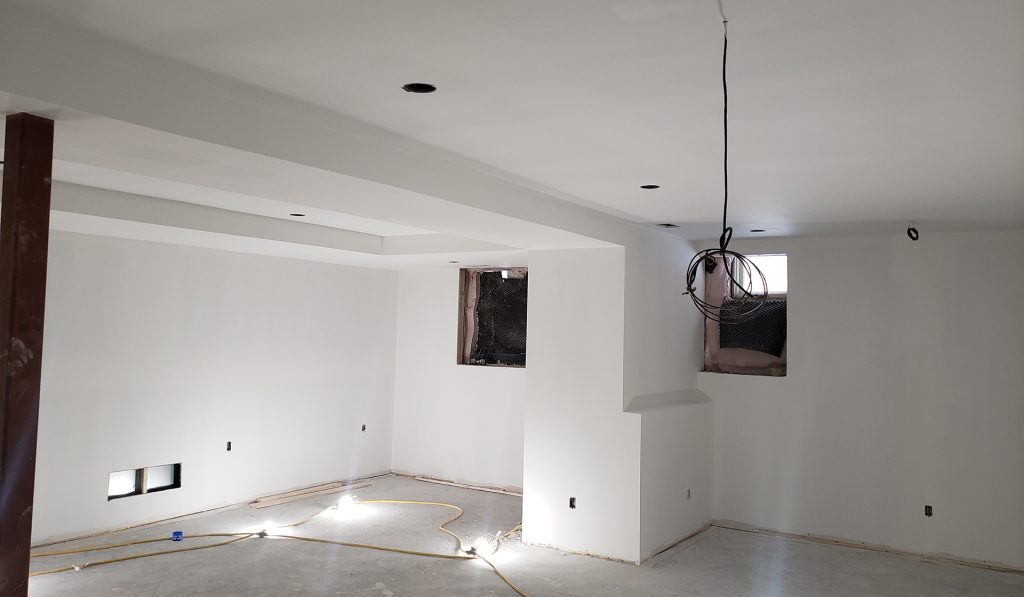
Finding affordable drywall services in Toronto that balance price and finish quality can feel overwhelming, especially when budgets are tight and timelines matter. This guide explains typical drywall installation and repair costs in Toronto, the service types available across the GTA, practical steps to choose budget-conscious contractors, and where to secure a free, transparent quote before work begins. You’ll […]
Discover Toronto’s Top-Rated Drywall Companies According to Customer Reviews and Feedback
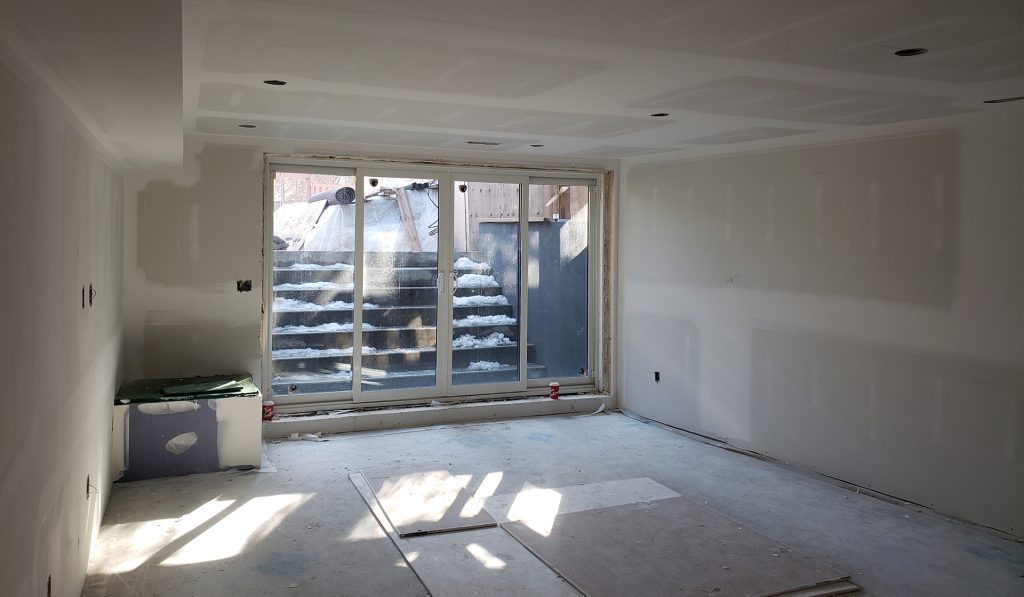
Ready to tackle a drywall project in Toronto but not sure which contractor to trust? With hundreds of drywall firms vying for attention, real customer feedback cuts through the noise, guiding homeowners to reliable professionals. This guide maps out why reviews matter, how top-rated drywall companies are vetted, the five best providers based on aggregate ratings, […]
Comparing Drywall Installation Costs in Toronto: A Transparent Review of Local Companies
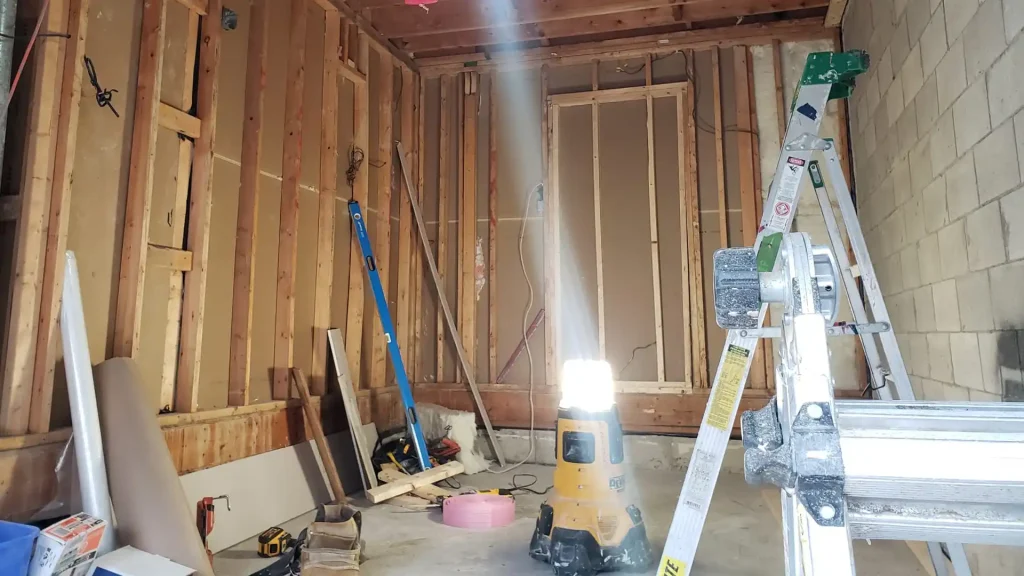
Drywall installation costs in Toronto typically span from $1.50 to $3.50 per square foot in 2025, reflecting material quality and labor expertise that deliver durable, smooth surfaces while clarifying price structures for homeowners. This guide unpacks average rates, cost breakdowns, influencing factors, contractor comparisons, quoting best practices, and emerging market trends. Along the way, it […]
Emergency Drywall Repair Services in Toronto: What to Expect
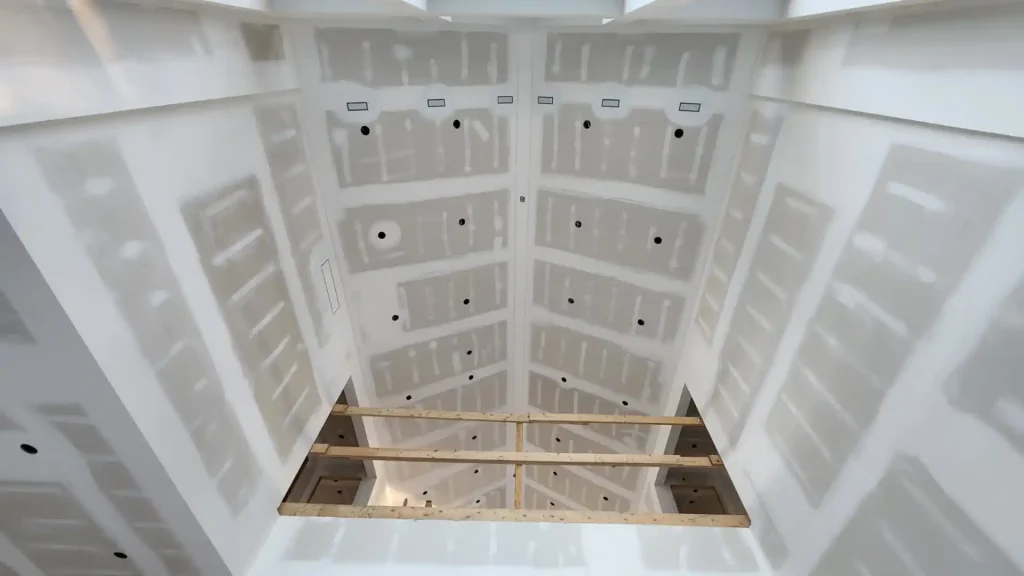
Toronto homeowners and business operators facing sudden drywall damage need fast, reliable solutions to prevent safety hazards and structural decline. Emergency drywall repair Toronto services deliver immediate assessment and restoration for water, fire, mold, and impact damage. In this guide readers will discover why rapid response matters, how to recognize common damage types, what the professional repair process includes, expected costs, the benefits of timely intervention, […]
Why Insulation Removal Matters for Toronto Homes
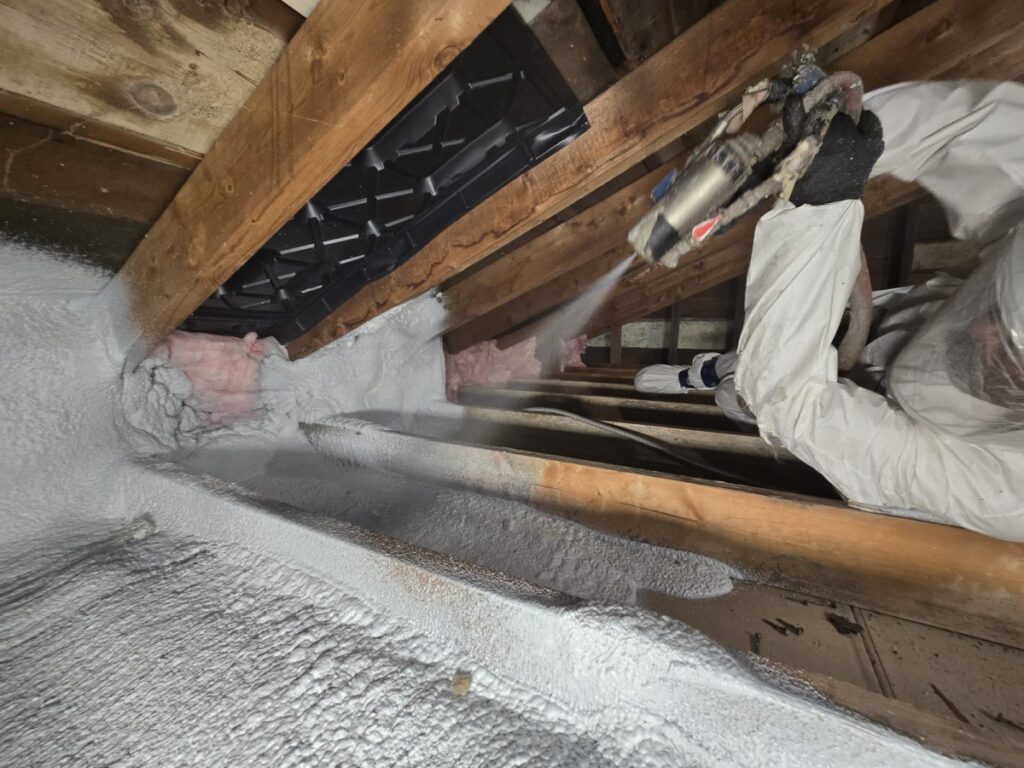
Insulation plays a critical role in the performance and comfort of any home. In a city like Toronto—where homes endure frigid winters and humid summers—the quality of your insulation directly impacts your energy bills, indoor air quality, and even your home’s structural integrity. While much attention is often given to installing new insulation, few homeowners realize the […]
Ways to Prevent Mold Growth and Protect Your Home

Table of Contents What Causes Mould in the Home? Top Mould Prevention Tips for Toronto Homeowners Control Indoor Humidity Improve Ventilation and Airflow Address Leaks Immediately Keep Moisture Out from the Outside Maintain a Clean and Dry Bathroom Prevent Kitchen Mould With Smart Habits Watch Out for Vulnerable Areas Like Basements and Attics Early Warning […]
Discover SPF Insulation Benefits for a Cozy Home Environment
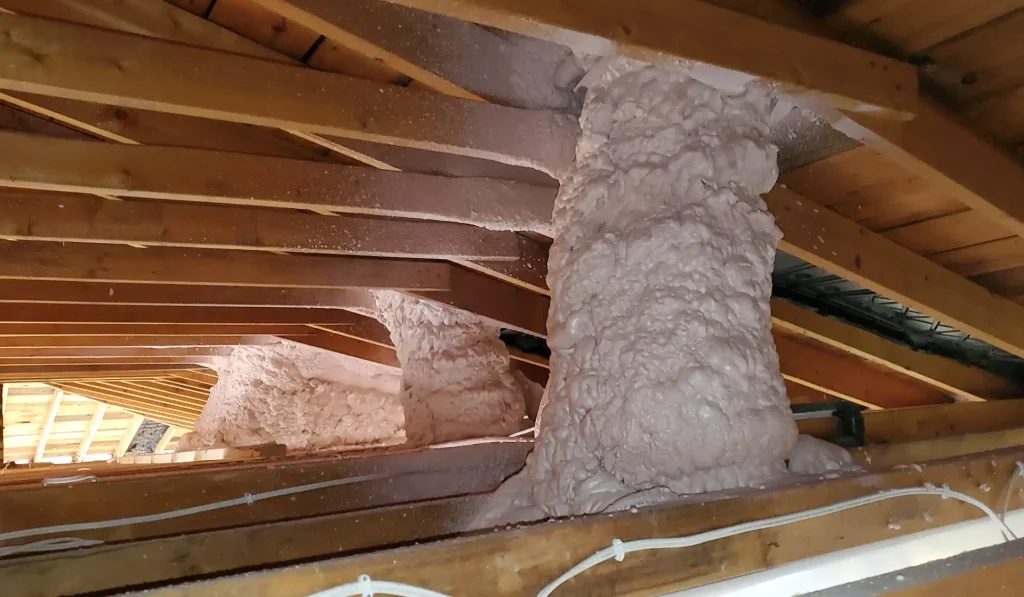
Discover the Benefits of SPF Insulation for Your Home Benefit Description Energy Efficiency Creates an airtight seal, reducing reliance on heating and cooling systems, leading to lower utility bills. Moisture Resistance Acts as a barrier against air and water infiltration, protecting against mould, mildew, and structural damage. Durability & Longevity Requires minimal maintenance over time […]
How to Choose the Best Insulation Contractor for Your Attic: A Complete Guide
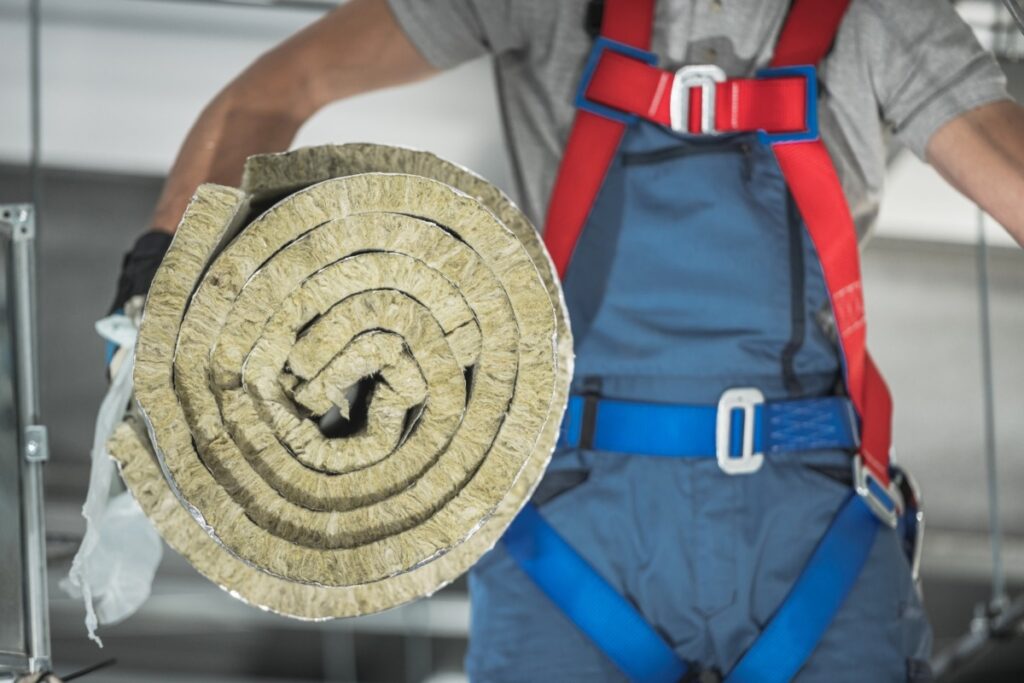
Proper attic insulation is one of the smartest investments a homeowner can make. It improves your home’s energy efficiency by reducing heating and cooling costs, minimizes noise, and protects your home from moisture-related damage. Whether you’re considering spray foam, fiberglass, or cellulose insulation, the key to a successful project lies in hiring the right contractor […]
Mould Prevention Tips to Keep Your Toronto Home Safe and Healthy
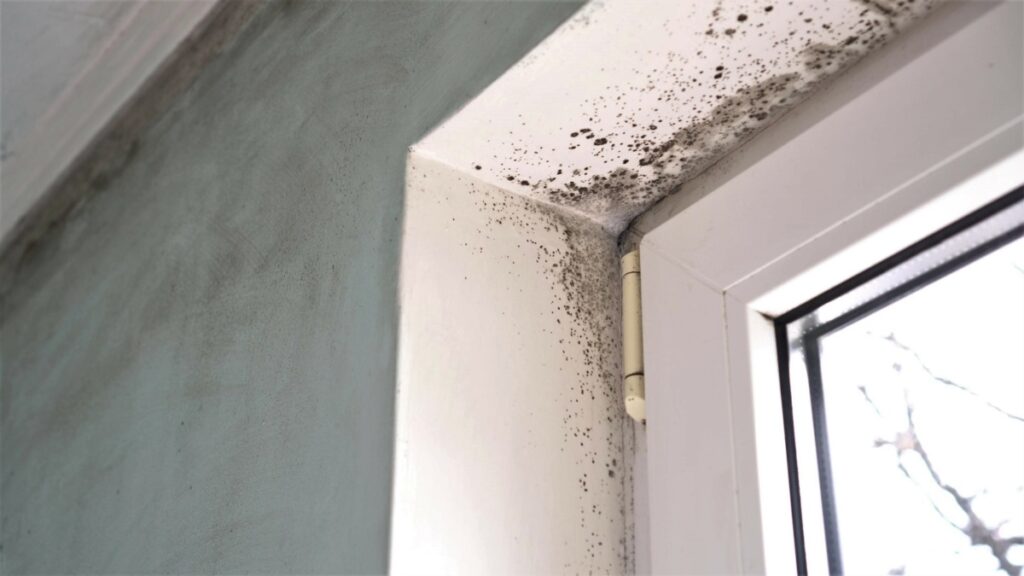
Mould in your home isn’t just unsightly — it’s a real threat to your property and health. For homeowners in Toronto, where seasonal humidity and moisture issues are common, staying vigilant about mould prevention is essential. While professional mould removal is sometimes necessary, proactive prevention can save you time, money, and stress in the long […]
Maximizing Home Efficiency With SPF Insulation Benefits
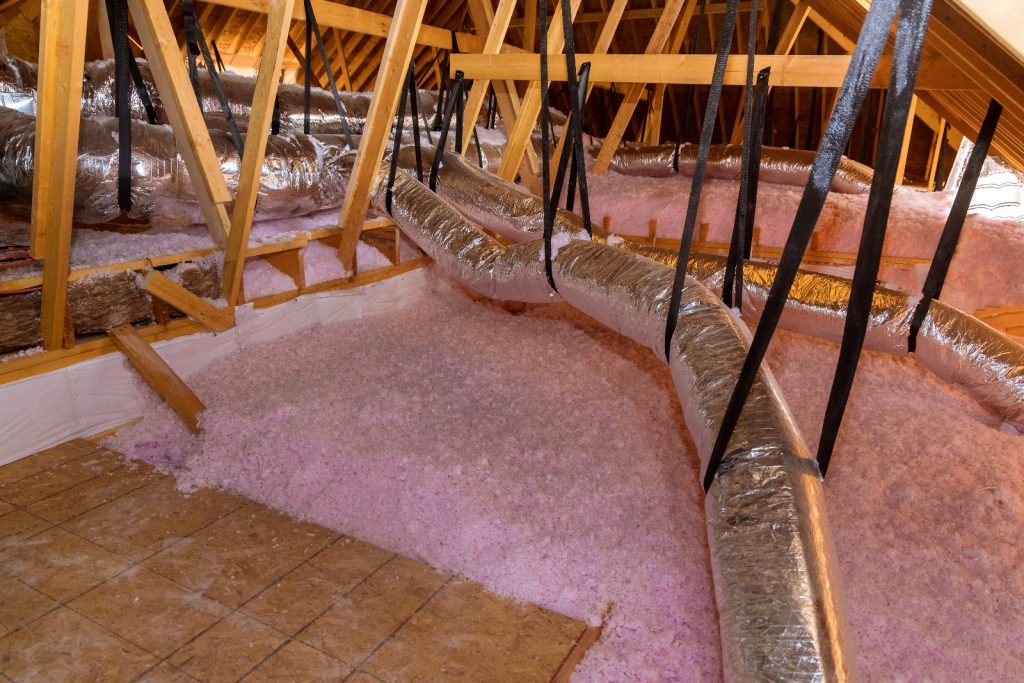
High energy bills can be a major concern for homeowners, especially in older homes with outdated insulation. SPF insulation offers a proven solution to improve home efficiency, reduce heat loss, and enhance overall comfort. This post explores the advantages of SPF insulation over traditional methods, its impact on property value, and real-world applications used by […]
